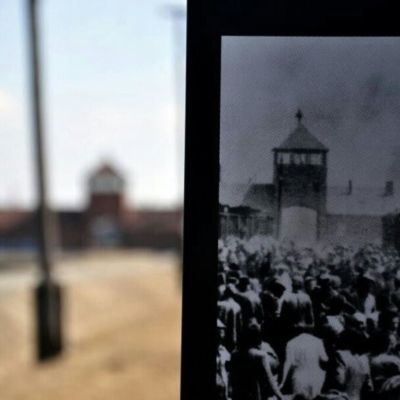The official podcast of the Auschwitz Memorial. The history of Auschwitz is exceptionally complex. It combined two functions: a concentration camp and an extermination center. Nazi Germany persecuted various groups of people there, and the camp complex continually expanded and transformed itself. In the podcast "On Auschwitz," we discuss the details of the history of the camp as well as our contemporary memory of this important and special place. We kindly ask you to support our mission and share our podcast in social media. Online lessons: http://lesson.auschwitz.org
http://www.auschwitz.org
episode 18: "On Auschwitz" (18): sub-camps
The Auschwitz concentration camp had almost 50 sub‑camps. The largest of them had extensive administrative structures, separate hospital barracks, showers and even small crematoria. In the smaller ones, prisoners were locked up for the night in rooms or cellars—there were no fences or guard towers there and meals were delivered from the main camp. The majority of prisoners were employed in the armaments and extractive industries, or agriculture. At the beginning of 1945, they held 35,000 men and women prisoners, more than Auschwitz I and Auschwitz II-Birkenau combined (31,000).
Dr. Piotr Setkiewicz, the head of the Memorial research center talks about the history of Auschwitz sub-camps.
(in the picture: Trzebinia sub-camp)
